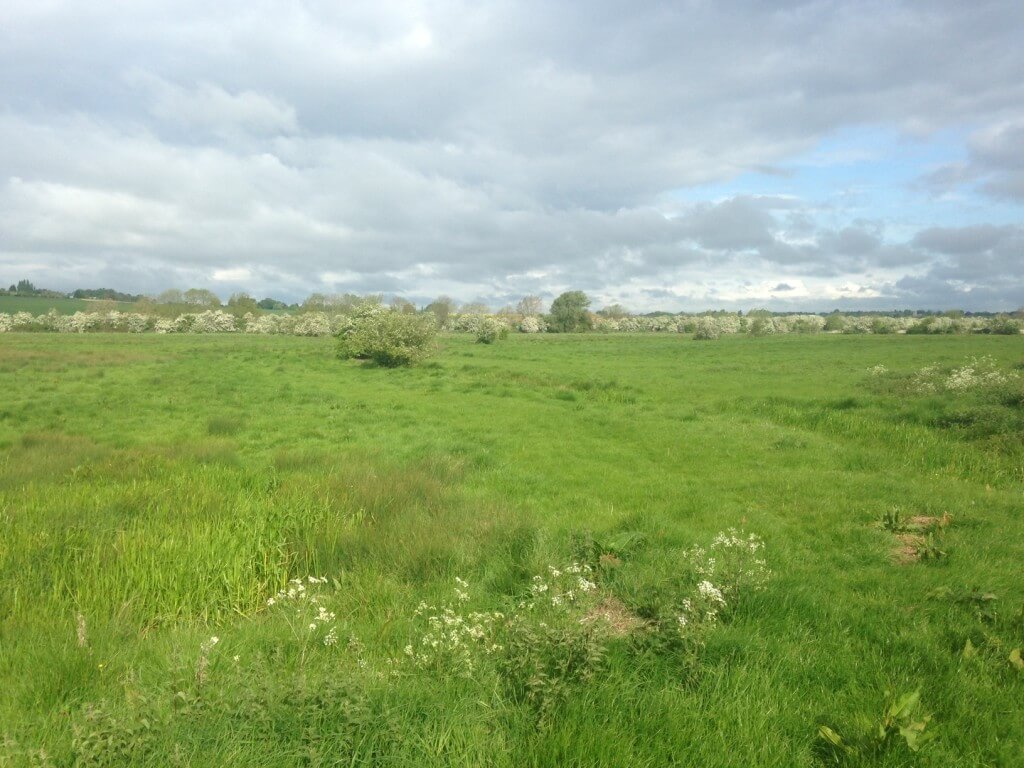My local patch of Stanwick Lakes is nothing special in birdwatching terms – except it is my local patch.
My Birdtrack records tell me that since September 2004 I have visited this site, and kept a species list of birds for the visit, on 368 occasions, recording in the process 152 species of bird. Some of those visits have been 1-hour quick visits but most of them have been the 2-hour ‘complete’ walk around which usually takes two and a half hours (less if there is nothing to look at!).
I won’t give you the full list of species I have recorded here as I just have a feeling I may use it for future teasing quizzes. However, only two species, Mute Swan and Mallard, have been recorded on every single visit, but a few others have been recorded on more than 360 of the visits (I may save that as a quiz for another day).
I spent quite a lot of Saturday analysing these data to look at one thing and I will now reveal my discovery.
My discovery is that I have never seen the same list of species on any two of those 368 visits. Every single day was different. Every single day! Every one!!
It’s not very surprising really – I know. Well, it isn’t very surprising when you think about it.
If there were c360 visits spread evenly through the year then that would be c30 visits for each calendar month. Clearly, the birds of January (with Fieldfares, Redwings, occasionally an interesting goose or swan or finch) are different from those of May (with warblers, Cuckoos, Swift and perhaps a passage wader or two). And with only about 30 visits made in the same month then the chances are that I will miss a Pied Wagtail on one visit and see it on the next, and there are a lot of species which fall into that category.
So, now I am wondering what are the chances that, if I treble the number of visits, I will ever see the same list of species on two visits? That would be quite a computational task, and one that is probably beyond me unless I give it an awful lot of thought, but I don’t want to analyse away the great joy of the fact that every day at Stanwick Lakes is a unique ornithological experience, even at the rather mundane level of species number.
This is what gets me out to go birdwatching – I don’t know what I will see but it won’t be quite the same as any other time. And I will see different numbers of birds, in different places, and doing different things. Nature, even the simple things like birds, is infinitely diverse.
And now, when I return home after a day that doesn’t stand out in any particular way – they can happen – I will reassure myself that it was still probably unique.
[registration_form]


What the most unusual species of bird you’ve seen there Mark?
Ed – the rarest was a Black Kite several years ago, in July, which I have never submitted as a record (but that’s what it was!).
I think this sums up nicely the satisfaction of building up knowledge of an area in terms of wildlife and the quiet understated “my local patch” appeal. It is the complete opposite to the twitching mentality that pervades most non – birdwatchers (and indeed the media’s) idea of our passion.
I’ve thought for a long time that if bird watching was entirely predictable in what we would see at a particular site on a particular day most of us would very soon loose interest. In many ways it is the sheer unpredictability that attracts us to go to those same places time and again.
I’ve just returned from a brief visit to Fair Isle where of course there is increased anticipation of the rare and unusual, that is one of the reasons folk go there, plus the spectacle of migration in good company and at a beautiful place. Did I see anything new? No but I had a throughly great time and am already looking forward to next years visit. I will also enjoy all the local birding between now and then it just has a different level of anticipation of the rare and unusual, but each day will still be unique and enjoyable. I was once told that I was an addict to birding , smiled and said yes!
Quite surprised that you didn’t see coot and/or moorhens on every visit
But that’s the joy of our hobby, you never quite know what’s there or not there or what the birds are going to be doing on any particular visit – infinitely variable, always something new to see or learn – infinitely fascinating. Even if the birds aren’t ‘producing’ then there’s the invertebrates, plants fungi, weather to go at… and I still hear people saying they’re bored and suggest they pick up a pair of biniculars and get out and get looking – they should never be bored again!
If you don’t look you won’t see that’s for sure!
It’s not just the range of species that interests us bird watchers – it’s what they are doing. The other day, after doing our WeBs count at our local lakes, we watched four mallard ducks repeatedly diving in about 18 inches of water and bringing up small fish in their beaks. An attendant BH gull then chased them as they fled into the marginal vegetation where, I assume, the fish were devored in peace. Now we’ve never seen that behavious by mallards before in umpteen years of birding….and it was the highlight of the visit.
Nick